Pompeii faces doom (again): Can a massive EU bail-out save the ancient city from neglect, rain and Mafia meddling?
It is claimed that the writing is on the wall for the world's most celebrated archaeological site, with mismanagement and underfunding speeding its second oblivion
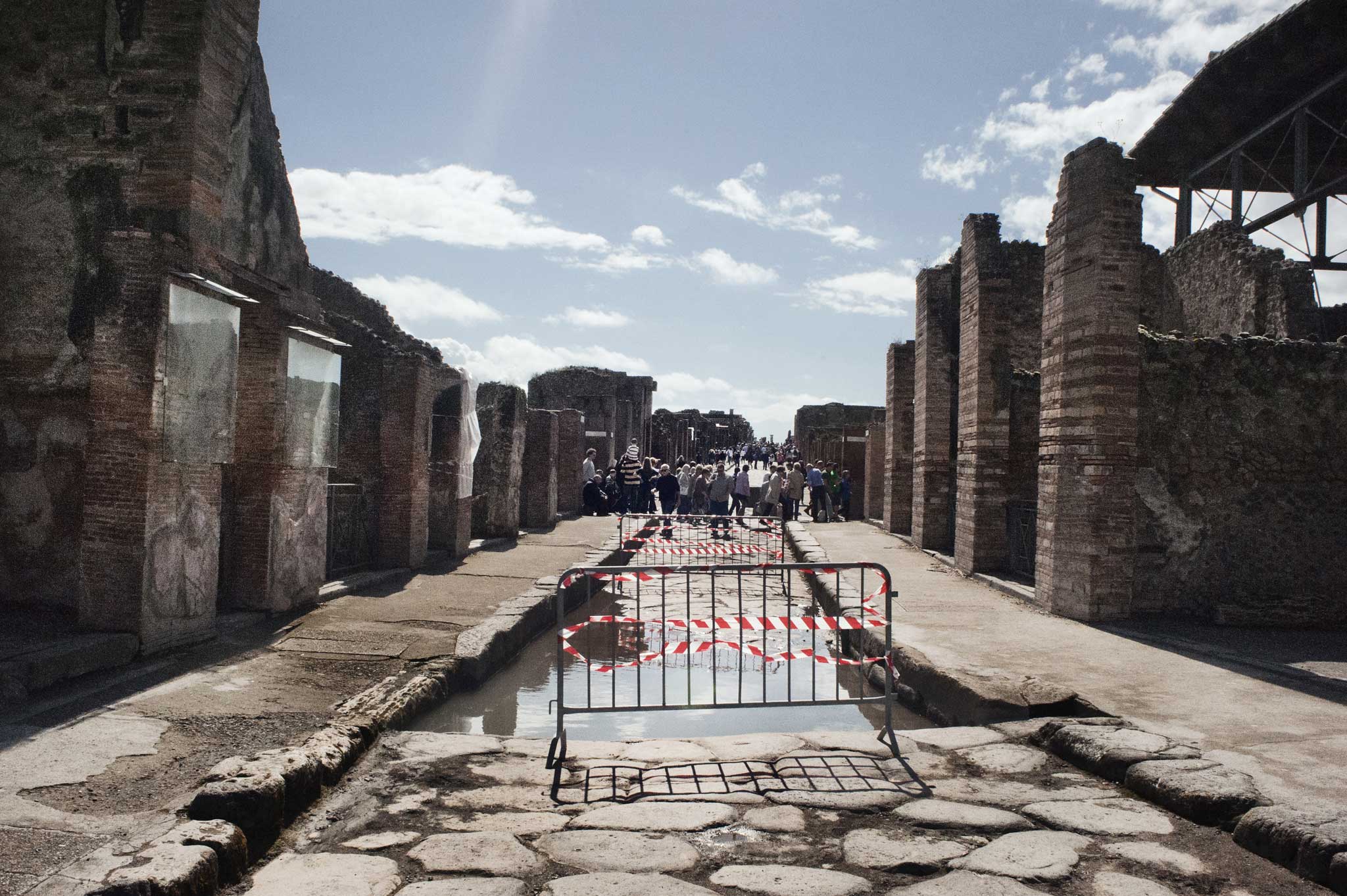
Your support helps us to tell the story
From reproductive rights to climate change to Big Tech, The Independent is on the ground when the story is developing. Whether it's investigating the financials of Elon Musk's pro-Trump PAC or producing our latest documentary, 'The A Word', which shines a light on the American women fighting for reproductive rights, we know how important it is to parse out the facts from the messaging.
At such a critical moment in US history, we need reporters on the ground. Your donation allows us to keep sending journalists to speak to both sides of the story.
The Independent is trusted by Americans across the entire political spectrum. And unlike many other quality news outlets, we choose not to lock Americans out of our reporting and analysis with paywalls. We believe quality journalism should be available to everyone, paid for by those who can afford it.
Your support makes all the difference."What is the point of Pompeii?" As I put the question to my veteran guide, Mattia Buondonno, from the corner of my eye I notice a woman having sex doggy-style with one man, while she fellates another.
A group of Italian schoolchildren swarms into the Lupanare – the ancient city's whorehouse. They point and start laughing at the images, which were designed to inform customers of the choice of services available back in 79AD. As the teenagers shriek, a couple of elderly American tourists are jostled out of the way.
That's the trouble with Pompeii; the locals have always taken themselves and their city less seriously than earnest foreign observers. Mr Buondonno translates some graffiti from the ancient world, scratched in Latin on the wall of one of the rooms: "Everyone's having fun," said one satisfied customer. "I fucked so many women," said another.
Here in 2014, however, it's claimed the writing really is on the wall for the world's most celebrated archaeological site, with neglect, mismanagement and underfunding speeding its second oblivion.
Evidence has come in the form of collapsing buildings, the theft of artwork and the piles of rubbish. The rest of the world has joined the local media and condemned Italy for neglecting one of the greatest parts of its cultural patrimony; one that is after all, a Unesco World Heritage site.
Just how bad is it? Reading some of the headlines, you'd think Pompeii resembled a scene from a post-apocalyptic science-fiction film – with packs of feral dogs hunting terrified tourists, who, fleeing the collapse of carelessly maintained buildings in which they'd sought refuge, trip and fall over mounds of stinking rubbish or old scooters parked carelessly on the precious remains.
I'm looking for the chaos and squalor il degrado. I can see some closed buildings and evidence that earlier rain has failed to drain away in various spots. A stray dog waddles past me, not lean and vicious, but old and fat – probably from too much pizza. The site's hardly falling apart.
I discussed this assessment of Pompeii with Darius Arya, director of the Rome-based American Institute for Roman Culture, shortly after my visit. "I bet the weather was nice," he said with an ironic smile. "When the sun's out, it's so beautiful you don't notice the problems."
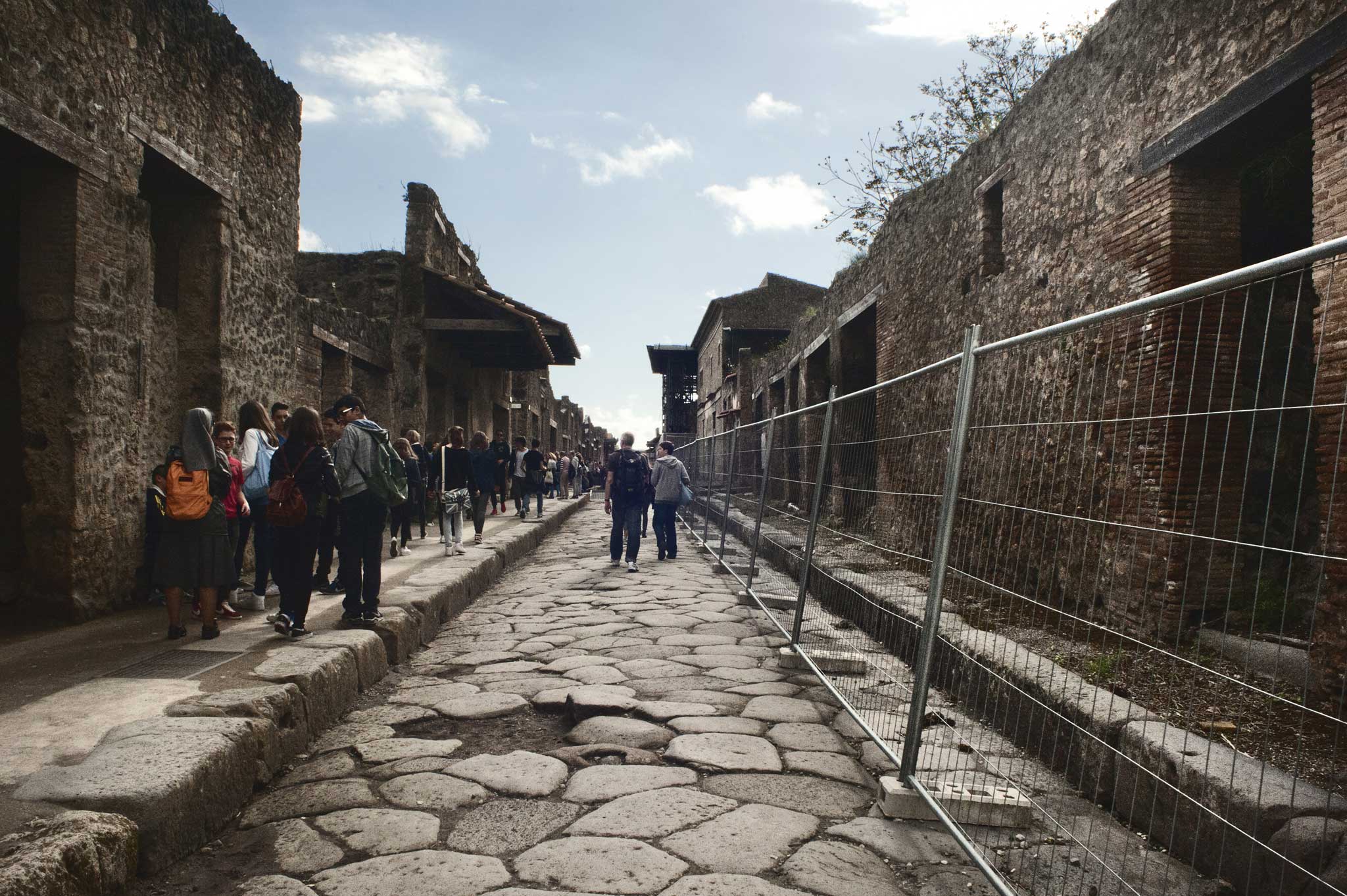
It is difficult to make rational judgements about the state of Pompeii, because apart from our endless fascination with the site's history, the setting itself is so exquisite. It's the same natural beauty that persuaded Ancient Rome's upper classes to make it their out-of-town centre for work and pleasure; Ibiza with business benefits.
The capricious weather adds to the spectacle. Air warmed and moistened by the sea presses up against the volcano and the green mountains away to the south-east. As a result, brilliant blue sky fights for space with rain clouds and the white mist that peels off the surrounding peaks. With the glittering bay of Naples on one side, this dream landscape on the other and Italy's most celebrated food, plus its most squalid, Mafia-riddled inner-city decay to the north, the region represents the best and worst of Italy; the country's quintessence.
And there is Pompeii, the world's most beautiful museum, a whipping boy for the Italian media and an international cause célèbre – in recent years the bad headlines don't seem to have let up. There is now, though, some optimism among the people who work here.
Pompeii's new superintendent, Massimo Osanna, is bullish. We're inside the Casa Dei Ceii, a large domus – one of Pompeii's residential buildings – with striking animal murals on the back wall. It is one of the houses undergoing restoration.
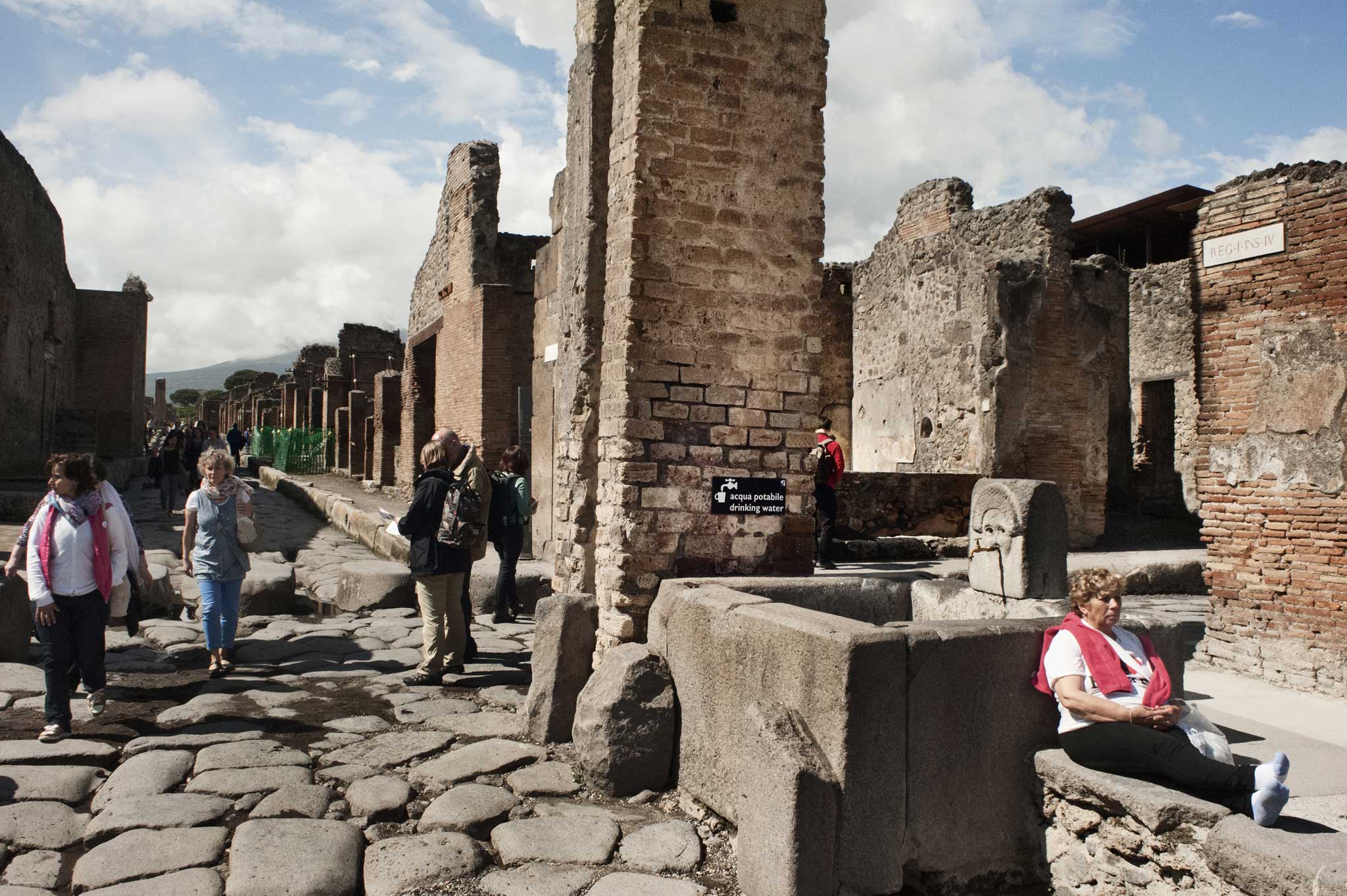
According to Professor Osanna, a smiling archaeology professor from Basilicata University, the financial crisis is over. "Money is no longer a problem at Pompeii," he says, referring to the cash windfall from the European Union, the major sponsor behind the Grand Pompeii Project.
The project, inaugurated in April 2012, saw Europe stump up nearly €75m, with the Italian government contributing another €30m. Officials and pundits alike were goggle-eyed at Europe's largesse. But there's a catch. Having gotten its hands on the sort of money it needs for meaningful and lasting maintenance and restoration, Pompeii is in a race against time to spend it. The EU's €75m has to be used by the end of the 2015. If not, Brussels wants it back.
The top priority is to install a drainage system in the 30 per cent or so of Pompeii that remains unexcavated. If not removed, the rain, which seems to have been unusually abundant in recent years, is absorbed by the unexcavated sections of the site. These then swell and press upon the excavated parts, particularly along Pompeii's main drag, Via dell'Abbondanza where, as a result, a large building collapsed in 2010.
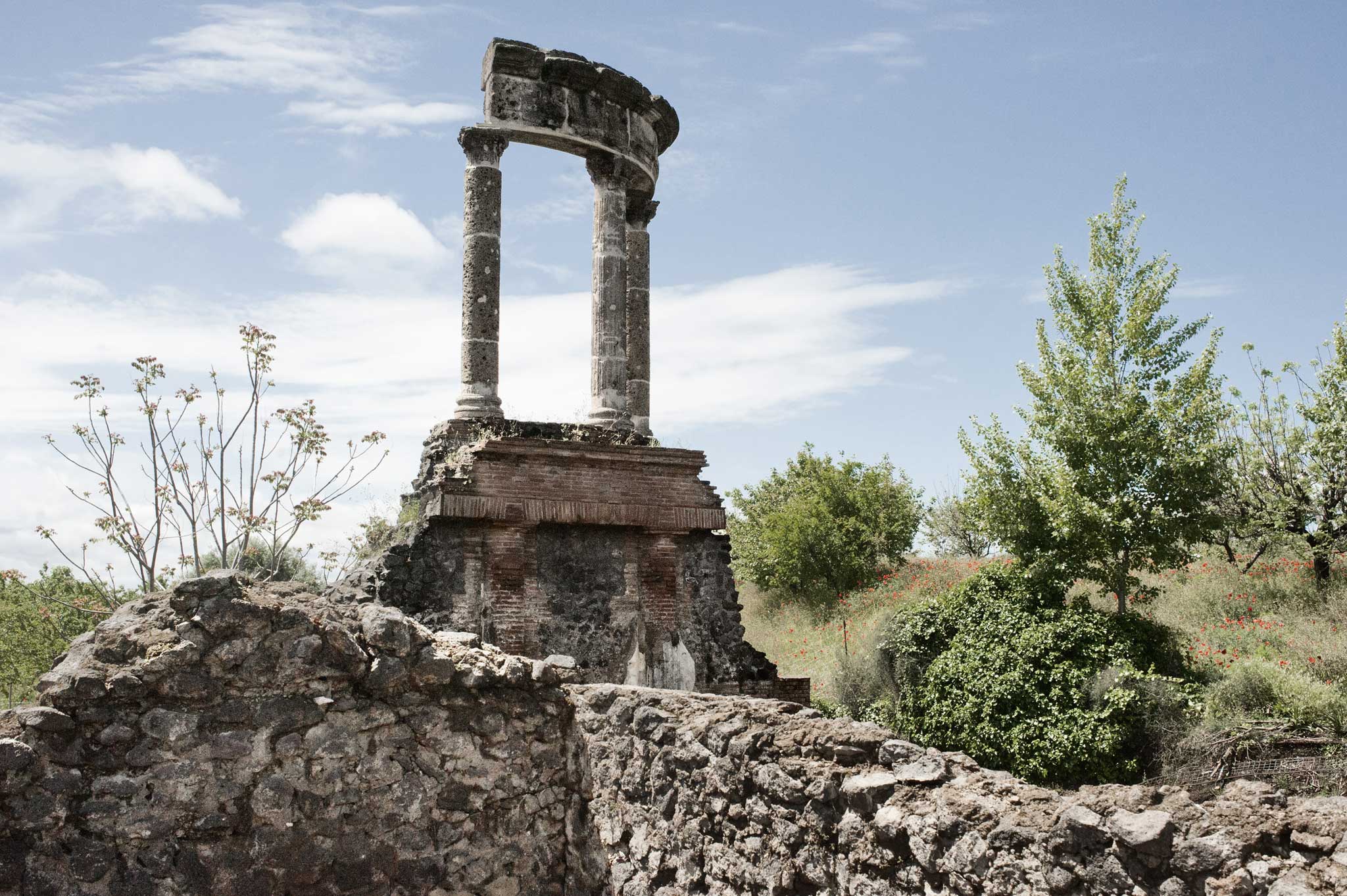
Unfortunately, a cautious approach to any new appointments that involved spending more public funds – including an intervention by the country's audit court, the Corte dei Conti, that temporarily blocked Osanna's appointment and further delays in allowing him to hire expert assistance – has helped set the project back several months.
"It's true, we've lost a bit of time," he says, "but when you get all this money you need to make sure that everything's being organised properly."
Can Osanna and his colleagues beat the deadline? "I'm a positive person," he says. "Finally I've got an excellent team of 12 architects and 12 archaeologists working with me. With this team we can work in a very effective way. We're working all the hours we can."
Some critics are doubtful, and suggest the current management set-up may make things worse. They say the roles and responsibilities of superintendent, a position held by Osanna, and the government representative with specific responsibility for the Grand Pompeii Project, Giovanni Nistri, are overlapping and ill-defined. "This is just creating more confusion and wasting more time," says Simone Valente, an MP with the Five Star Movement who sits on the parliamentary culture committee. Lending credence to this comes news that so far work has begun on only five of the 39 mini-sites due to be restored with the €105m.
Dr Arya is not optimistic, either. "There's no way they're going to spend the money in time. They'll have to give it back," he says.
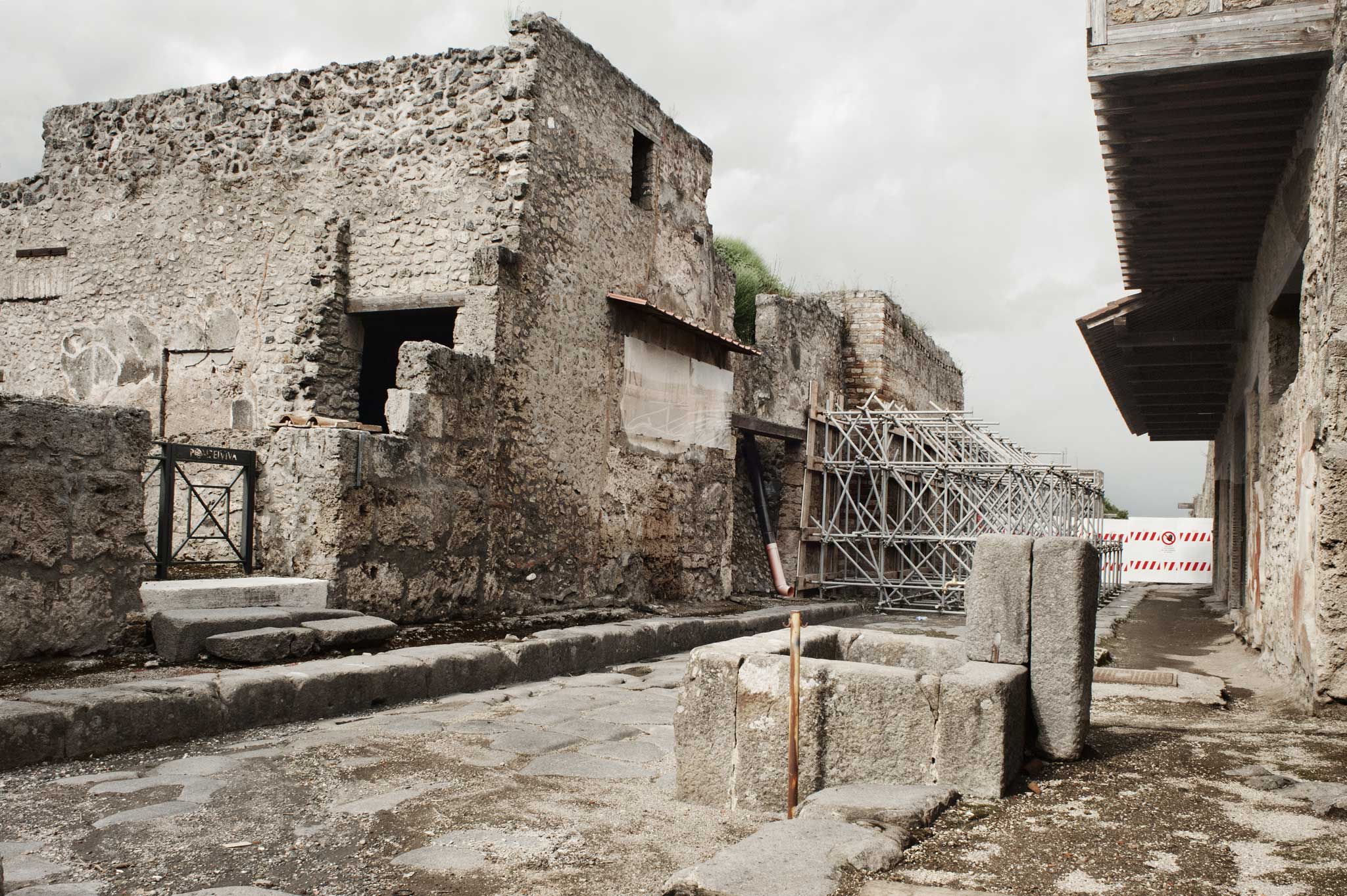
Osanna avoids a precise prediction but simply says: "Pompeii goes in phases, and I think we're in a positive phase at the moment". He notes that Pompeii's worst disaster in recent years, the spectacular collapse of the Schola Armaturarum, better known as the House of the Gladiators, one of its most important buildings, in November 2010, might yet be seen as a turning point in Pompeii's fortunes.
"The collapse has helped us in a sense," says Osanna. The national and international outrage generated by the incident eventually produced the Grand Pompeii Project. And it's no secret that Osanna's new squad of 24 experts was hastily commandeered from other digs across Italy in response to the outrage. "We now feel supported."
There have been positive signs. At Easter, record crowds were treated to the opening of several buildings, including the Casa di Trittolemo, a large, luxurious domus not far from the forum.
Osanna says the Italian press in particular is too hard on Pompeii and the people who run the site. Mattia Buondonno goes further. "You get the impression that there are some journalists who'd like the whole site to collapse, because it would give them something to write about."
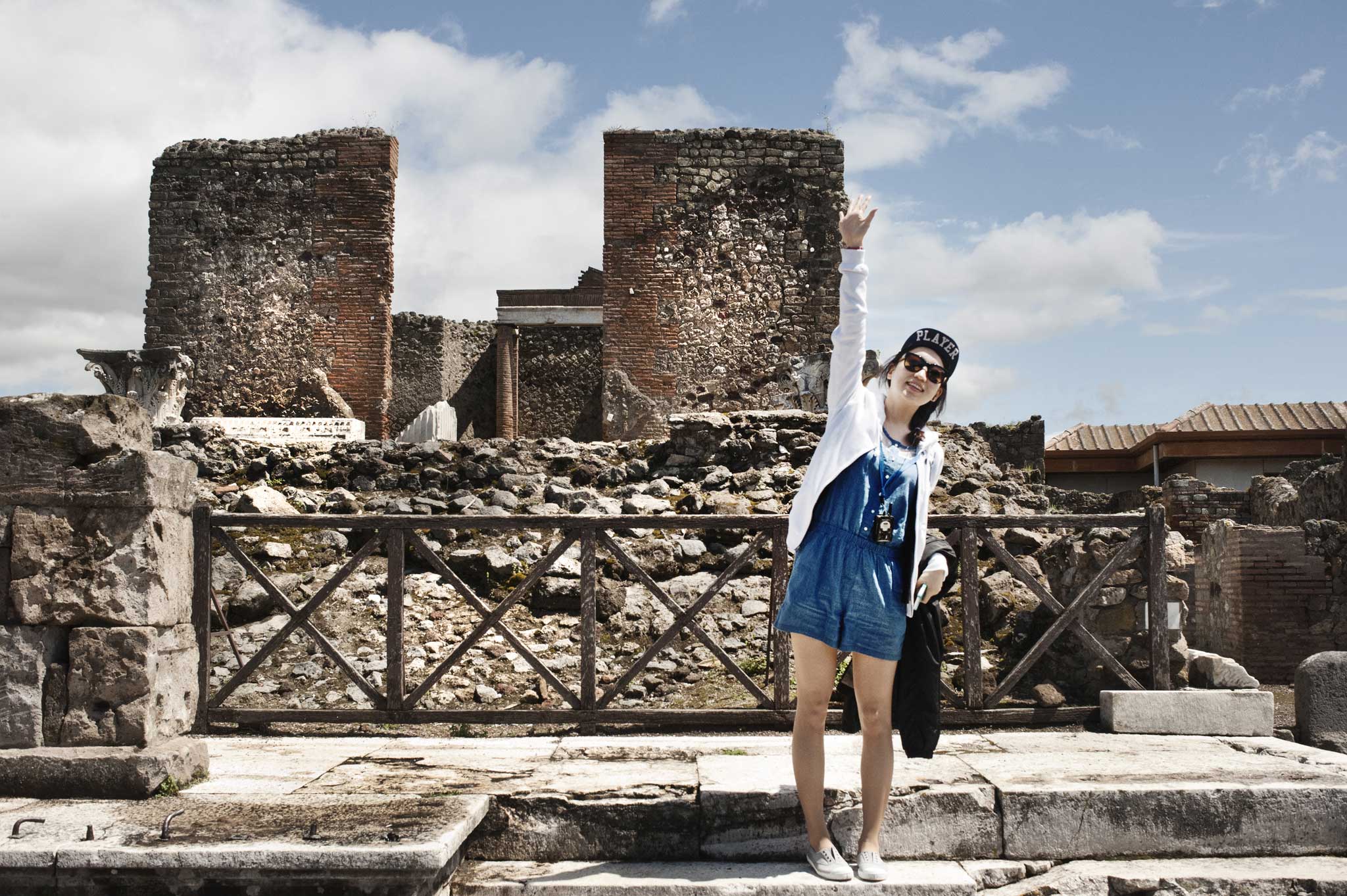
But without the deluge of critical headlines prompted by the House of the Gladiators disaster, criticism that has continued, even with "tiny collapses, which are hardly anything" (Osanna's words) then the huge cash injection probably would not have arrived.
Dr Arya, an archaeologist whose organisation campaigns for better preservation of Italy's cultural heritage, as well as better public education on the country's antiquities, says money alone is not enough. "In fact, it was never really about money," he says. "It was more about attitudes, and what they were trying to do with the site."
He's not alone in saying that continual daily maintenance, not big emergency repair projects, is needed to preserve Pompeii. "And more of the houses should be open. I mean, how many of the houses can you actually enter?" Today there are fewer than 10 individual structures in Pompeii open to the public at any one time. Back in 1956, there were 64.
"Even if they're open partially and there are only restoration staff going in and out, this means problems can be spotted early and dealt with before they become too serious – the same as you would with your own home," he says.
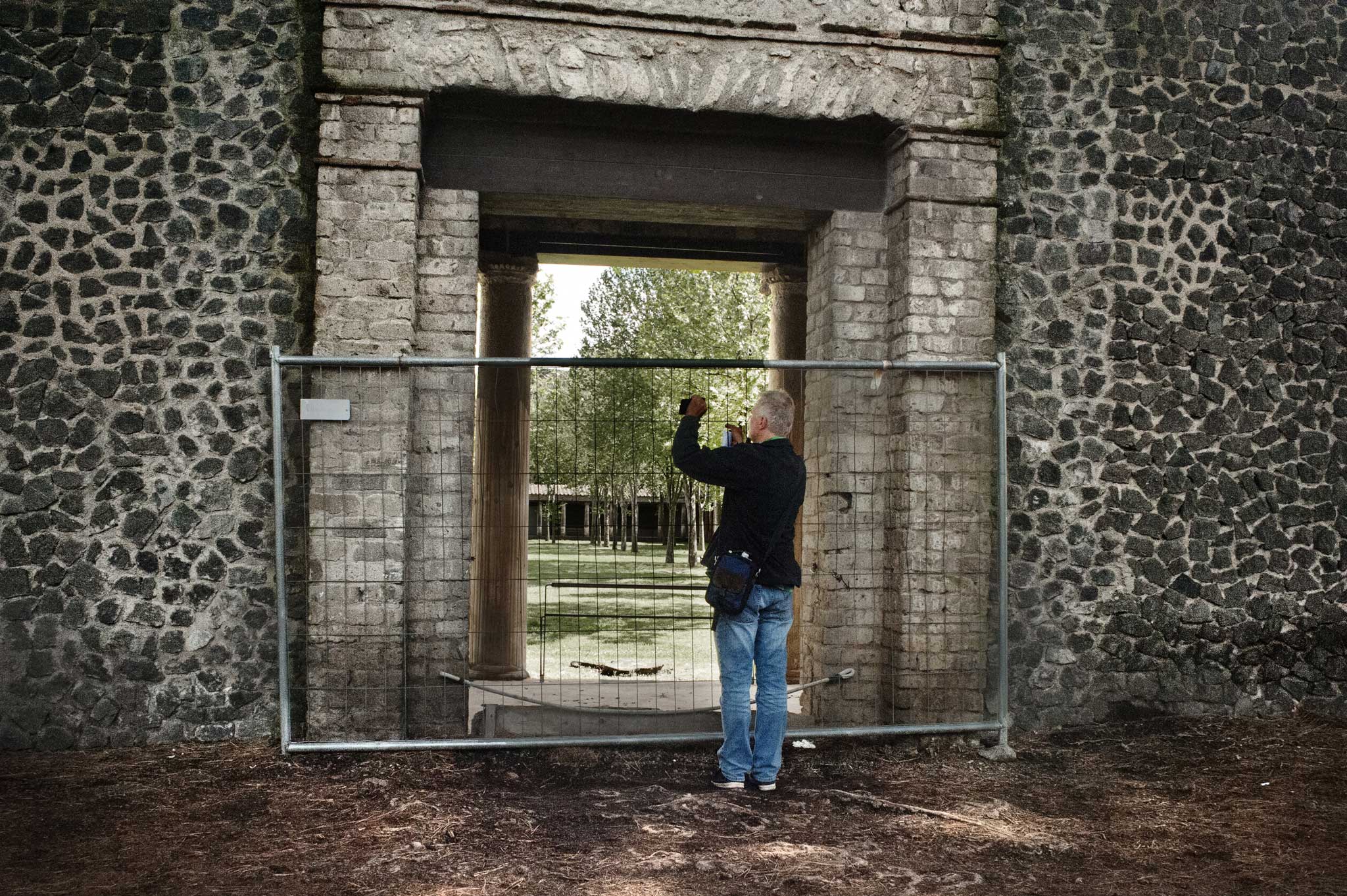
Given the media spotlight on Pompeii's problems, it's surprising how relaxed the atmosphere seems on the site during my visit. I was expecting a greater sense of urgency, with teams of experts beavering away with brushes on hands and knees, if only for appearances.
"Given they've got all that money – and European money – I'd like to see 20 live webcams of people in white coats cleaning stuff," says Dr Arya, matter-of-factly. Europe's de facto boss Angela Merkel made an impromptu visit to the site in mid-April. Perhaps they all put their overalls on that day.
Whether or not Osanna manages to use the Euro-millions in time, Pompeii is, in a sense, doomed anyway. Its first destruction was assured when Vesuvius blew its top 1,935 years ago. Its second and final doom was sealed upon its rediscovery in the mid-18th century when archaeologists began clearing the ash and exposing what was left to the elements – and the crowds.
It seems incredible that the site's 2.4 million annual visitors can walk around and touch the buildings and sit on walls and steps of something so precious. "Of course, it's inevitable that all these streets and buildings will wear away eventually," says Buondonno, a local who's worked at Pompeii for 40 years, following in his father's footsteps. "But what can you do? It wouldn't be the same if you couldn't walk in the streets and buildings like people here did 2,000 years ago."
Intimacy is key to the site's fascination. And what could be more personal or touching than seeing the locals of 2,000 years ago in their death-throes – flash-fried by the final pyroclastic surge that swept down from Vesuvius? Their exact forms are still visible in the plaster casts that were poured into the holes left when their bodies rotted away.
"But when all this is worn away – there'll be that to excavate." Buondonno points to the 22 hectares yet to be dug up. Their excavation is on hold for the foreseeable future – in deep freeze, as the rest of the site was until digging began in 1738.
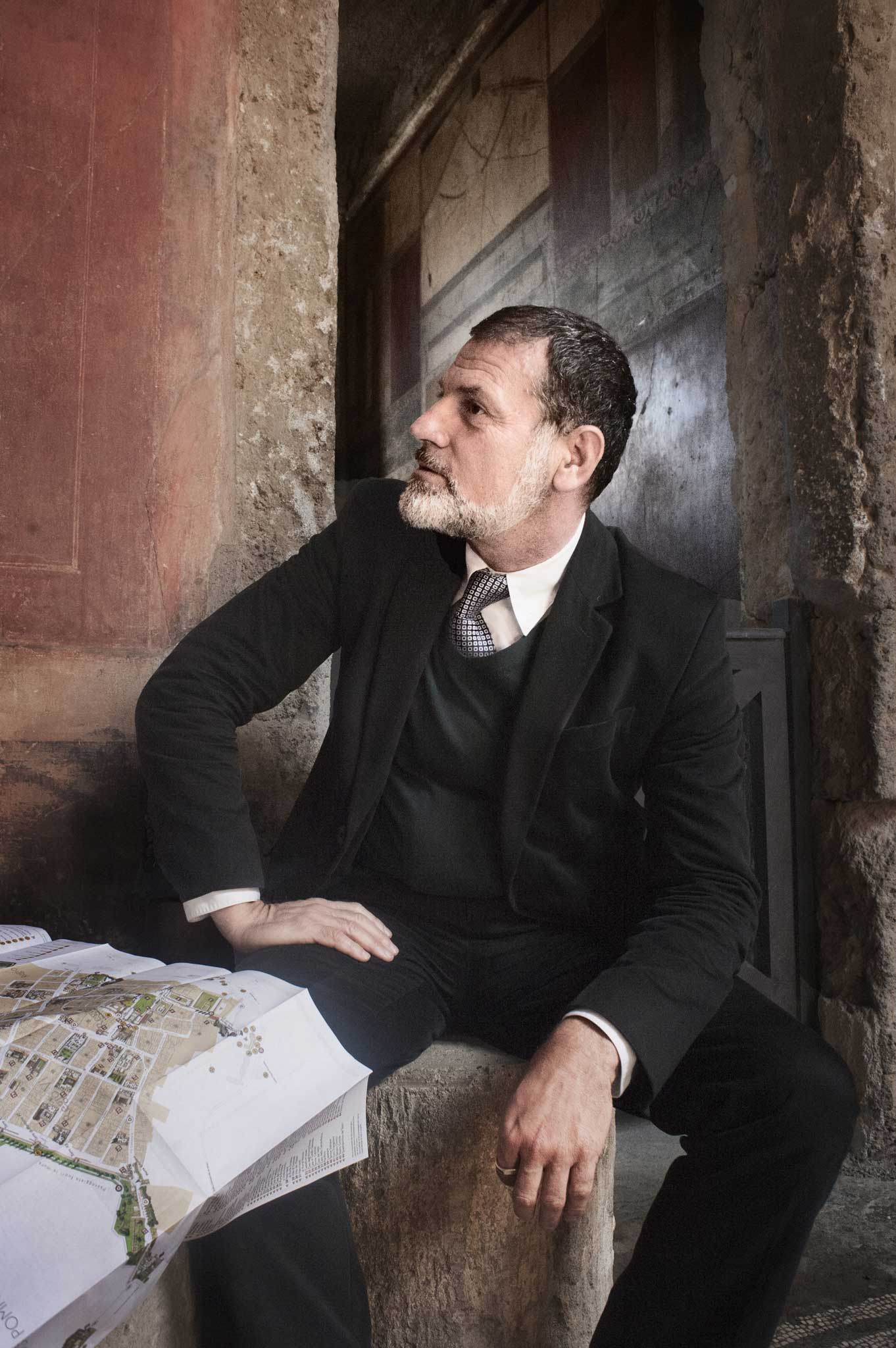
Many expert observers say that the wear and tear might be slowed down if visitors were more evenly distributed around the site. An alternative route, and an excellent way to see Pompeii and get some visual perspective, is to walk around the walls. But the signs guiding visitors on this route are less than obvious.
Apart from the fatalism, and a history of poor management of all those trampling feet, Pompeii is menaced by a host of other factors. The seismic risk is ever present. The terrible earthquake of 1980 weakened many parts of the site – including the House of the Vettii, and the House of the Gladiators, which had already been labouring under the weight of a clumsy, makeshift concrete roof, installed to repair the damage from allied bombing.
The local Camorra mafia has been considered enough of a threat for the European Commission (EC) sponsors of the Grand Pompeii project to insist on special measures to keep organised crime out of the construction projects.
Last year, the office of EU Regional Affairs Commissioner, Johannes Hahn, who is leading the EC efforts to save Pompeii, told The Independent there was now a "very strong, anti-Mafia infiltration system," in place. But given the several arrests shortly before – in February 2013 – linked to suspect work and materials that had been used in recent Pompeii contracts, how much damage had already been done?
People will inevitably demand more and better initiatives. Free-market critics want Diesel or Coca-Cola to pour in more money in exchange for huge billboards. I can't think of anything worse. That's the trouble with Pompeii, the more you intervene, the less it seems the place it once was.
Arya says visitors paying their €12 deserve more information, shouldn't have to see stray dogs or put up with poor catering and toilet facilities. He's right, of course. But even as I clatter around Vesuvius back to Naples on the grimy Circumvesuviana local train, it occurs to me that things won't get much better, because they don't have to. The ancient site is so exceptional that visitors will come here anyway. That's the problem with Italy. And that is the trouble with Pompeii.
Join our commenting forum
Join thought-provoking conversations, follow other Independent readers and see their replies
Comments